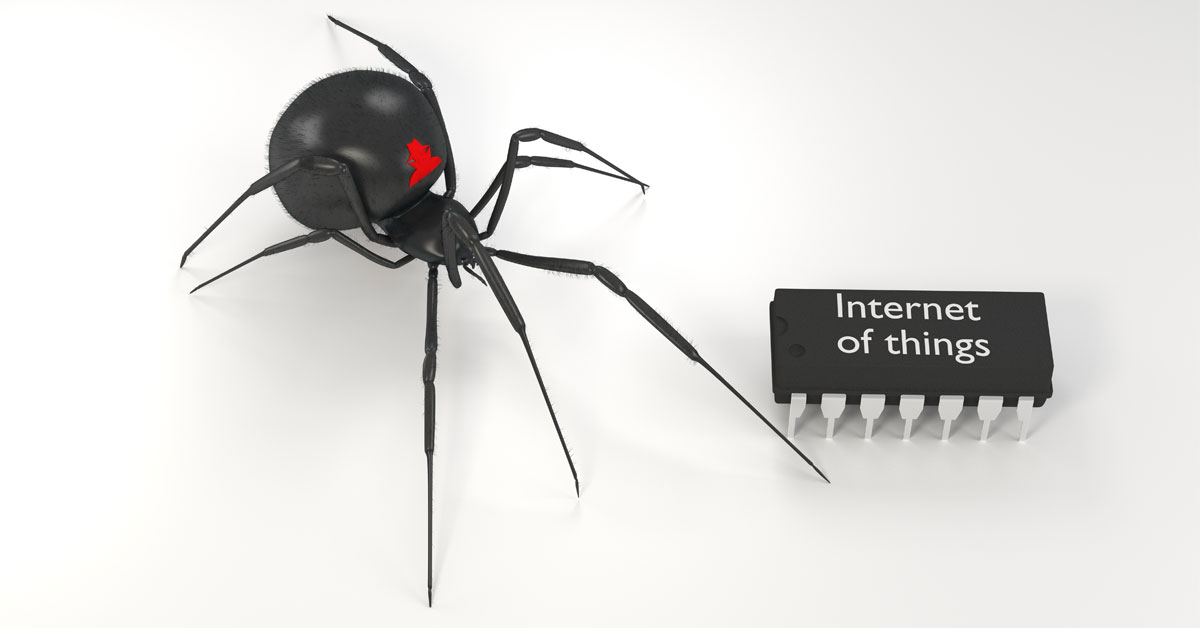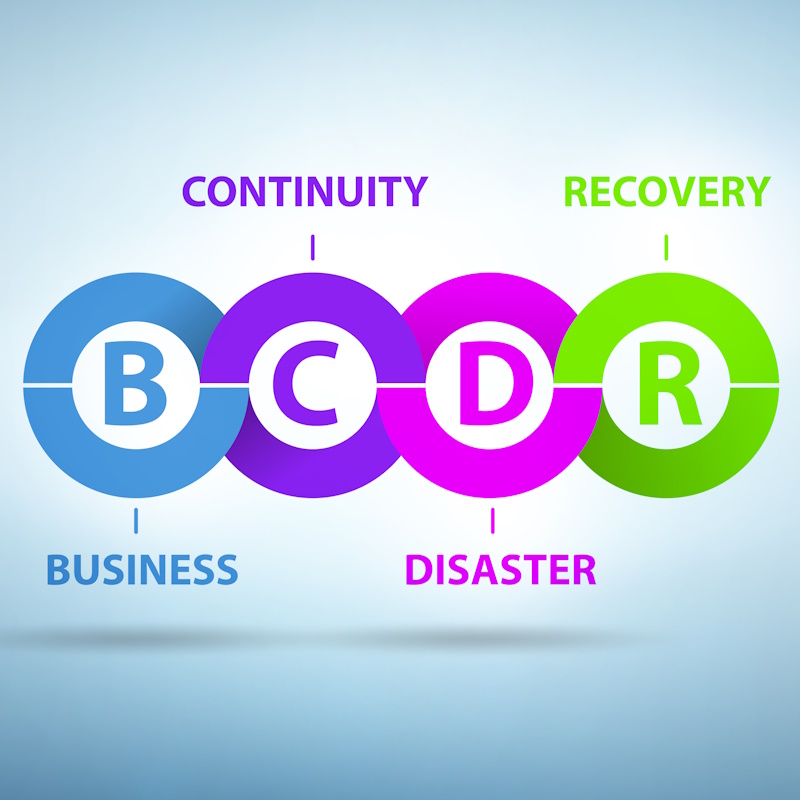Recent Posts
Categories

The Internet of Things (IoT) devices has introduced new cybersecurity risks and challenges. Here are some common cybersecurity risks associated with IoT followed by preventive measures:
Weak Authentication and Authorization
IoT devices often have weak or default credentials. This makes them vulnerable to unauthorized access. If not properly configured, attackers can exploit these devices to gain access to the network or sensitive data.
Lack of Firmware Updates and Patching
Just like software need updates, so does hardware. Firmware updates are hardware updates. If IoT devices are left unpatched, they will be at risk to vulnerabilities. Without timely firmware updates and security patches, devices remain exposed to potential attacks.
Insufficient Data Encryption
IoT devices may transmit and store data without appropriate encryption, or no encryption. This makes it easy for attackers to intercept and tamper with sensitive information. This may also leave the IoT devices at risk of being taken over by a hacker.
Insecure Network Communications
Just like the lack of encryption, communicating over an open network can make the IoT devices vulnerable. Open Networks, such as Wi-Fi or Bluetooth, can easily be intercepted by attackers. IoT devices are more likely to be compromised when there is no encryption and secure protocols to communicate over.
Lack of Physical Security
You wouldn’t leave your car unlocked or your laptop sitting on the top of your car. When IoT devices are located in unprotected physical spaces, they are risked of being physically tampered with or stolen. This could lead to potentially granting unauthorized access to the network or compromising data integrity.
Limited Processing and Memory Resources
IoT devices have limited processing power and memory by design. We are putting things online and taking or giving data points that were never meant to have a computer on it. This makes it challenging to implement robust security measures. The smaller computing power can result in weaker authentication systems, reduced encryption capabilities, and less effective intrusion detection systems.
Supply Chain Vulnerabilities
The complex supply chain involved in manufacturing IoT devices introduces potential security risks. Malicious actors could compromise devices at any stage of the supply chain. This means even during manufacturing, assembly, or software development.
Lack of Standardized Security Practices
The IoT landscape is fairly new. Therefore, it lacks regulations and standardizations. Without consistent security standards, there are varying levels of security across devices and manufacturers. The inconsistency makes it difficult to ensure a standardized secure IoT ecosystem. As more IoT grows, more standards will come, but at what cost?
Integration with Legacy Systems
A lot of IoT devices are being used to integrated with inadequate systems. If you integrate with an existing, vulnerable system, you are only adding to the problem. Even thought it is tempting to integrate new technologies with old technology, it is risky. The integration can introduce vulnerabilities and create new potential entry points for attackers.
DDoS Attacks and Botnets
Compromised IoT devices can be harnessed by attackers to form botnets. These botnets can be used to launch Distributed Denial of Service (DDoS) attacks. These attacks can overwhelm networks and disrupt services.
Pro-Active Measures
To mitigate these risks, organizations and individuals should take proactive measures, such as:
- Implementing strong authentication mechanisms. Each IoT device should have unique credentials.
- Protect your devices my performing regular firmware updates and applying security patches.
- Enforce encryption protocols to protect our data in transit and at rest.
- Secure all network connections through strong encryption and secure protocols. This will protect your data and your network access.
- Physical and logically conduct regular vulnerability assessments and penetration testing. New threats are arising every day that did not exist yesterday, and people make mistakes. Regular assessments will allow to address your vulnerabilities.
- Establish and enforce policies and procedures for secure IoT device deployment and management.
- Monitor IoT devices for suspicious activities or anomalies.
- Educate users and employees about IoT security best practices.
- Work with only reputable IoT vendors and manufacturers that prioritize security.
- Implement network-level security measures, such as firewalls, intrusion detection systems, and network traffic monitoring.
By adopting a comprehensive approach to IoT security, organizations can reduce the risks associated with IoT devices and enhance their overall cybersecurity posture.



